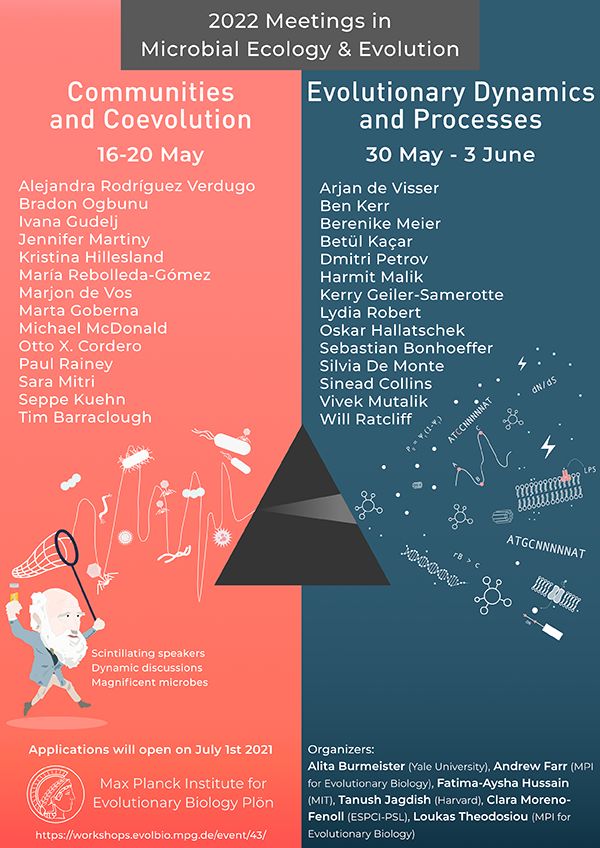Speaker
Description
City sewers shelter rich and diverse bacterial communities that are continuously exposed to antibiotic residues from human excreta, thus becoming a reservoir of resistance. Predicting the risk of antibiotic resistance evolution in city sewers thus requires a comprehensive understanding of the dynamics and evolution of wastewater bacterial communities. However, interactions between species affect growth and consequently competition, through both density- and frequency-dependent processes. It challenges accurate predictions based on single species measurements, even in controlled laboratory conditions. By changing the competitive ability of variants, interspecies interactions also change evolutionary processes: community diversity generally constrains adaptation to changing environments in bacteria. Moreover, city sewers are complex environments that contains multiple abiotic factors (antibiotics, temperature, pH, nutrient availability…), which may act in non-additive ways. Synergetic and antagonist interactions prevent predictions from fitness measurement in single stressful conditions, and can change the magnitude, even the direction, of interactions between species. I will present a research project that aims at understanding the dynamics of communities and antibiotic resistance evolution in city sewers, together with establishing urban wastewater as a model system for fundamental studies on community dynamics and evolution. In synthetic mesocosms, fitnesses of bacterial residents will be measured in communities with different level of complexity and in different abiotic conditions, including antibiotic concentration. From the comprehensive dataset resulting from such mesocosm experiments, I will assess how interspecies interactions modify the fundamental tolerance curve, which may change in height and width, or shift along the environmental gradient. It will also parametrize the Hutchinsonian niche for population in communities: a tolerance curve mapping species performance onto a complex environmental space defined by the multidimensional abiotic environment and species interactions. Predictions from these curves will be tested against field measurements of microbial and chemical dynamics sampled in city sewers. Similar mesocosms will finally quantify how environmental complexity and interspecies interactions modulate the evolution of antibiotic resistance.

